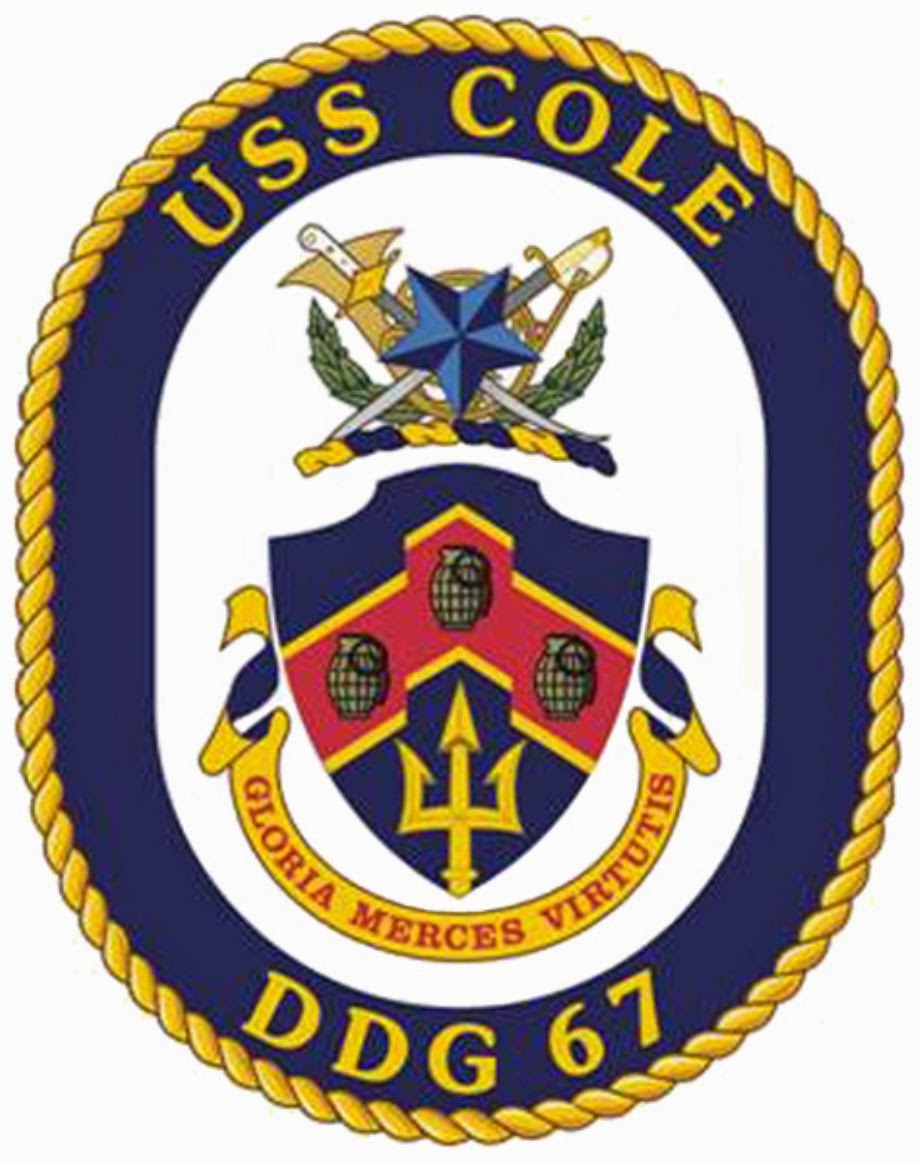In "Where the West Ends: Stories from the Middle East, the Balkans, the Black Sea, and the Caucasus," reporter Michael J. Totten takes road trips and detours to describe "scars from the communist era, both physical and emotional."
 |
| The road to Borjomi, Georgia from michaeltotten.com. |
He has a special view of taxis. He writes, "No one has given me more trouble in the Middle East than people who drive for a living."
While not quite stereotyping, he tries to explain how the various religious, ethnic and cultural differences evolved in the Balkans:
"Ethnicity in the Balkans, as in the Middle East, has nothing to do with biological characteristics. Expanding and contracting empires of both the East and the West have mixed up the gene pools everywhere in both regions. American-style racial categories make no sense there. An Orthodox Christian in the former Yugoslavia who speaks Serbo-Croatian as a first language is a Serb no matter where his ancestors may have lived hundreds of years ago. And that's true whether he attends church or not. Religious belief as such is no more relevant to ethnicity in the Balkans than it is inside Israel. Dark-eyed or dark-skinned Slavs are even more common in Serbia than white-skinned or blue-eyed Arabs are in North Africa and the Levant -- and the Arab world has more white-skinned and blue-eyed Arabs than you might think if you've never been there to see it. Blue-eyed Arabs are often the children of Crusaders. Dark-skinned Slavs tend to be the descendants of Ottoman Turks."In trips to Kosovo, Georgia, Romania and Ukraine, the dark shadows and ghosts of the former Soviet Union continue to loom. Totten gives us history lessons and insights through his colorful interactions with locals.
He quotes Daniel Apostol, editor in chief of Romania's Money Channel,who recounts the rise and fall of Ceausescu's totalitarian state:
"Communism changed our mentality. We are fighting now to come back to what we were. We lost the culture of private property. We lost this sense of privacy and respecting each other's time and respecting people as individuals, as human beings. That was the worst thing that happened to us. This is why we are struggling so much now to get back to the capitalist society, to the free market, which can run only if there is respect for private property."
 |
| Kennan as a young man in 1924 |
Kennan's quote is used twice in "Where the West Ends": "Russia can have on its borders only enemies or vassals."
Of Ukraine's capital, Totten writes, "Kiev is what Moscow and St. Petersburg wish they were." Totten visited years before the recent uprising that saw street demonstrations and snipers in Kiev in 2014.
 |
| Ukraine demonstrations in 2014; photo from World Affairs Journal. |
Totten's descriptive power and insights come together at the end of "Where the West Ends," as he attempts a road trip to Chernobyl but instead travels through Ukraine and to the Sea of Azor, which links Ukraine and Southwestern Russia.
"We were technically in Europe, but it looked like the nastiest parts of Iraq. The sound of machine-gun fire would not have seemed out of place. I have never been anywhere that looks and feels more like the rotted dead center of the Soviet Empire. This place was so utterly godforsaken and misery-stricken I had a momentary feeling that the Union of Soviet Socialist Republics had never fallen apart, that, Mordor-like, its malice truly is sleepless, that it's still crushing parts of the world in its totalitarian fist."The author shares the names of other authors and book titles frequently. Among the books cited in "Where the West Ends":
- "Black Lamb and Grey Falcon" by Rebecca West
- "Bosnian Book of the Dead"
- "We Wish to Inform You that Tomorrow We Will Be Killed with All Our Families" by Philip Gourevitch
- "Sarajevo Haggadah"
- "Mein Kampf" by Adolf Hitler
- "Azerbaijan Diary," "Georgian Diary" and "Chechnya Diary" by Thomas Goltz
- "Eastward to Tartary" by Robert Kaplan
- "Harvest of Sorrow: Soviet Collectivism and the Terror Famine" by Robert Conquest
- "The God that Failed" by Arthur Koestler
- "Forever Flowing" by Vasily Grossman
- "I Chose Freedom" by Victor Krauchenko
 |
| Michael J. Totten |
The 2014 Winter Olympics comes to a close in Sochi, Russia this weekend, and they will be tied forever to human rights debates and images like the horsewhipping of protestors by Cossacks.
Meanwhile, in nearby Ukraine, people in potholed streets of Kiev have been dying to be free of corruption and totalitarian rule. Totten helps us understand the region and the historical context for what's happening there now.






















